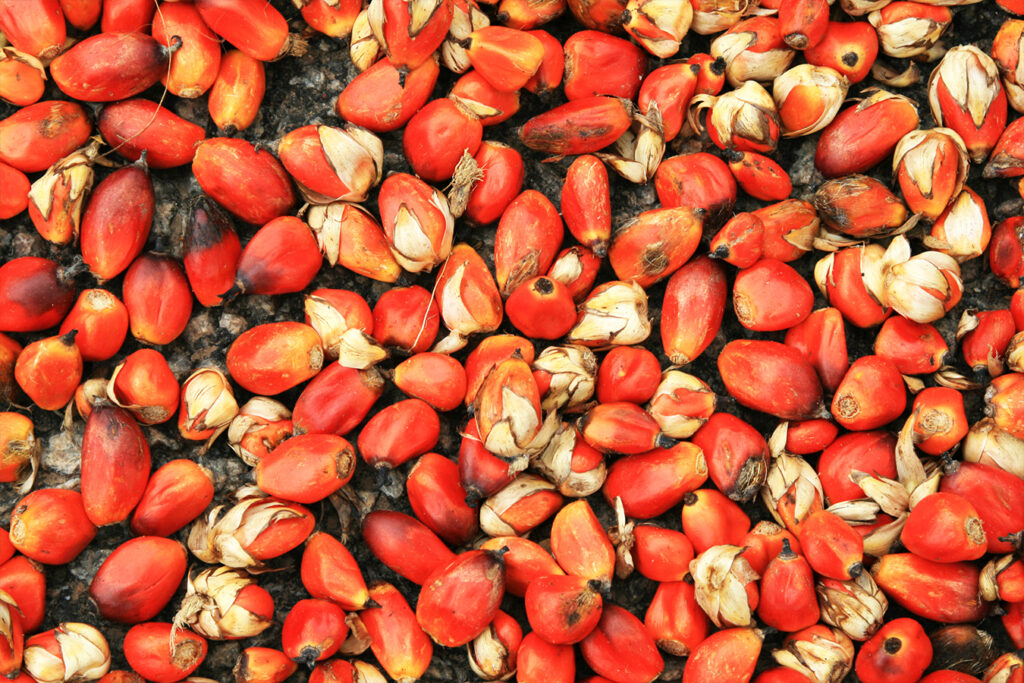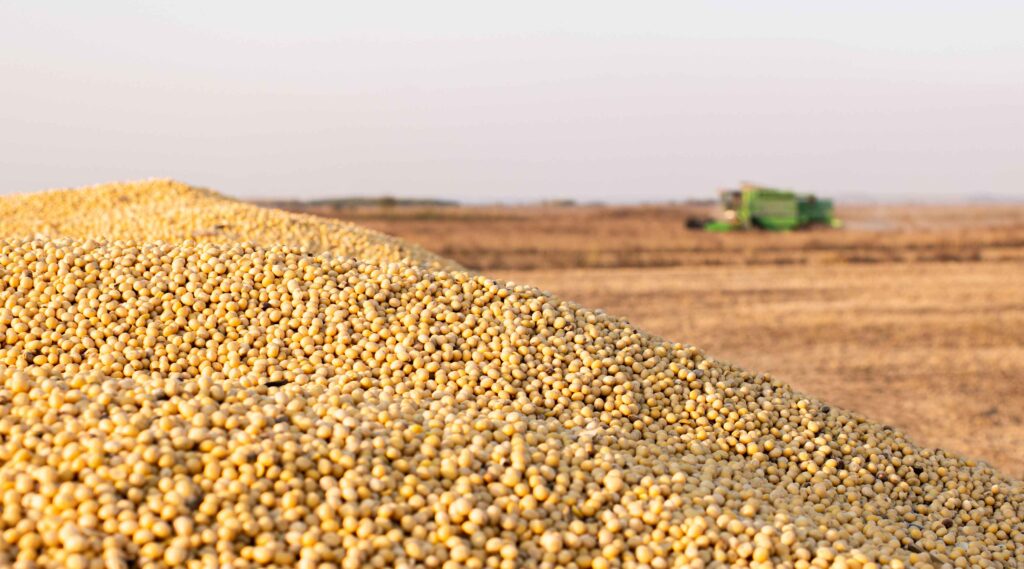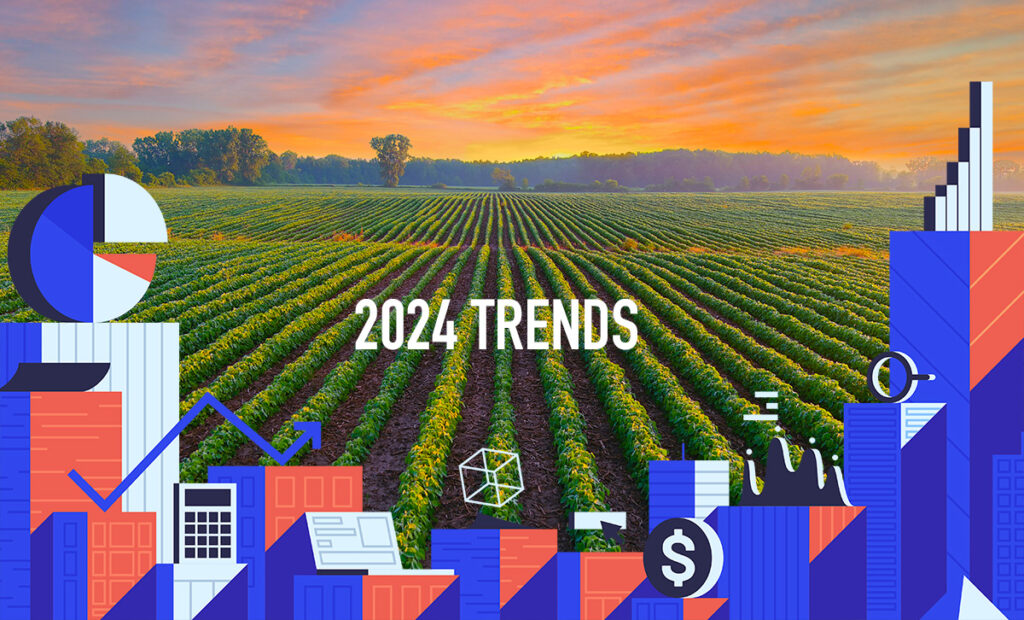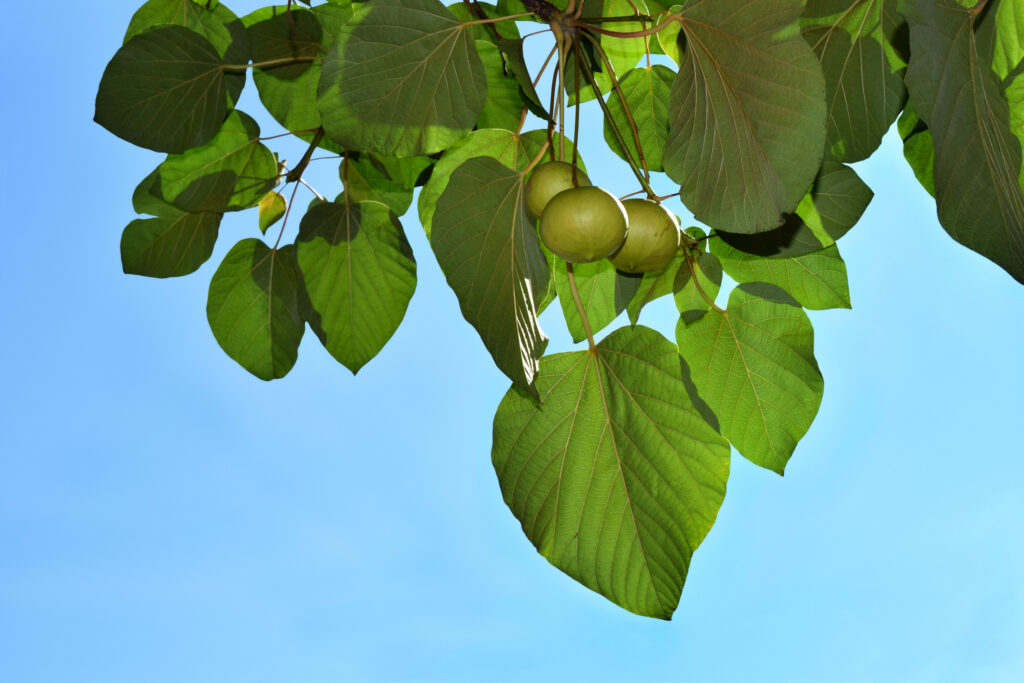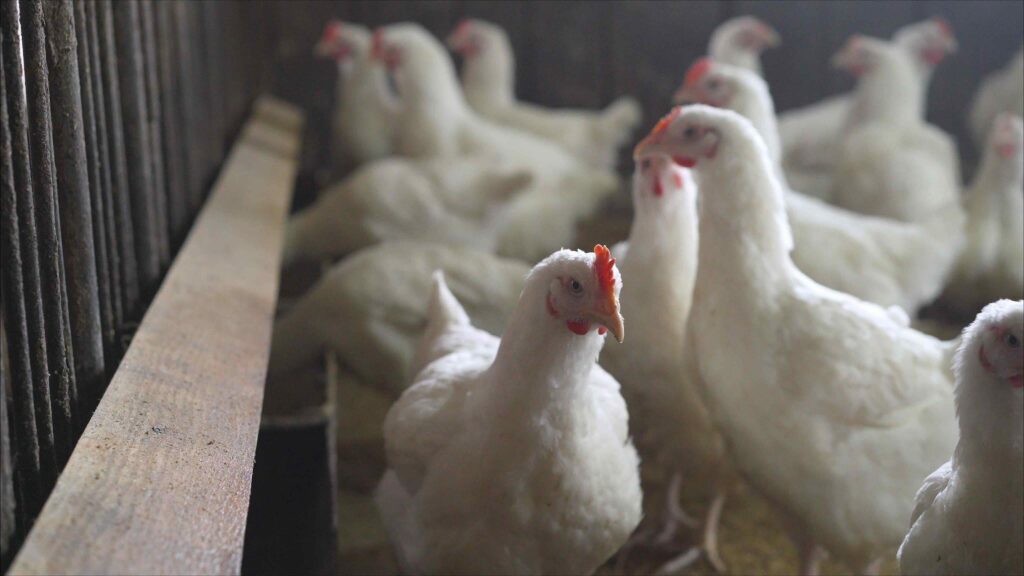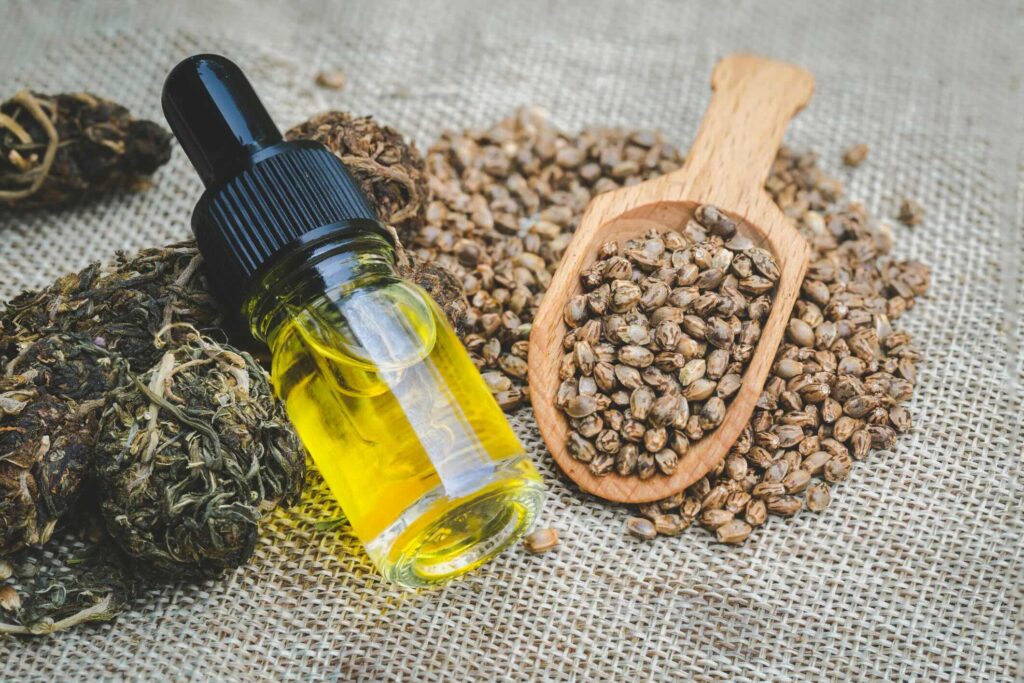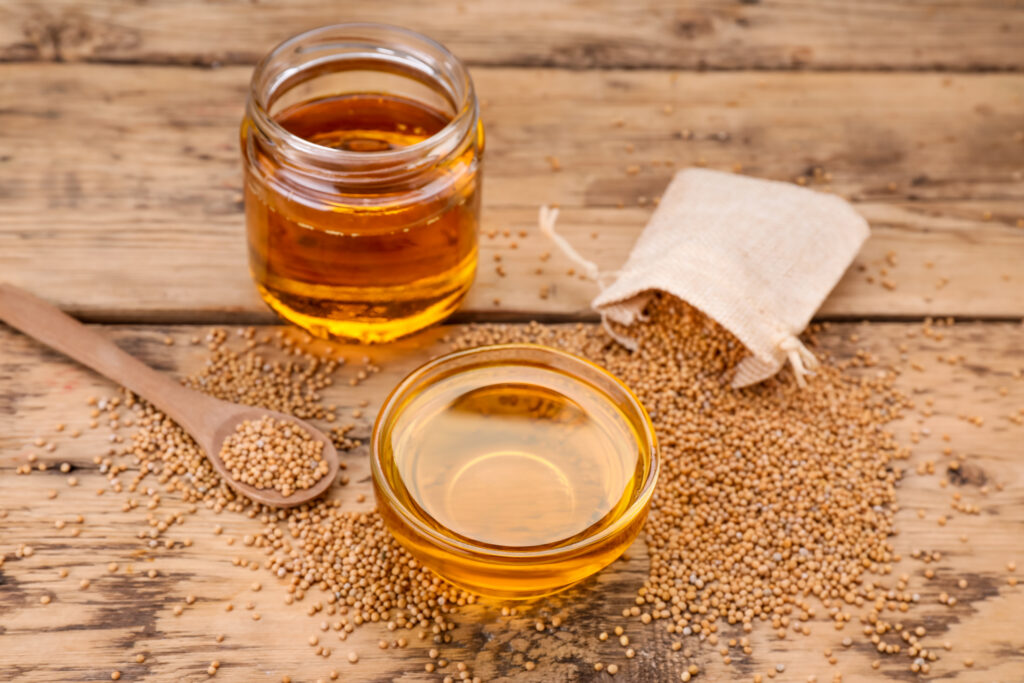In the oilseed processing industry, every type of nut, seed, and bean comes with unique processing considerations and opportunities. Each seed requires special treatment to efficiently produce high-quality oil and nutritious meal, from cleaning and cracking to cooking and drying to crushing. So, before MIDIKA International could start offering toll processing services to help its…
Designing a Mechanical Crushing Plant for Toll Processing Services
